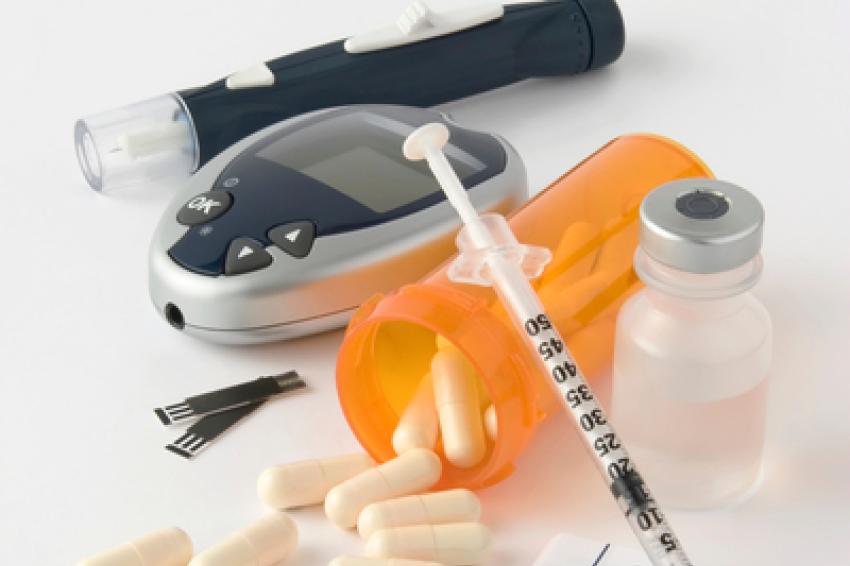Lilly Insulin Price Cut Revives US Discussion
By expanding its Insulin Value Program, the company said it is effectively capping patients’ out-of-pocket costs at $35 or less per month, as US president Joe Biden has urged — though without mentioning the president.
While Lilly said the price cuts are designed to help Americans in a “complex healthcare system” that can keep them from receiving affordable insulin, commentators said the forward thrust was mainly to get ahead of the White House’s announced price cuts for the Medicare healthcare scheme for people over 65.
With insulin pricing potentially in flux, pharma market watchers’ eyes are now trained on competing manufacturers, including France-based Sanofi-Aventis and Denmark’s Novo Nordisk, to see what their next steps will be. The three drugmakers are seen as controlling the US market.
Over the past 20 years, US selling prices for insulin have gone up by 1,000 % according to Jason Sloane, an endocrinologist at Mohawk Valley Health System who is critical of the pharma industry’s pricing policies. Lilly, he added, has raised prices as much as its competitors.
Actions being leveraged by the Indiana-based company include cutting the list price of its non-branded Lispro insulin injection of 100 units/mL, which will bring the price down to $25 per vial with effect from May 1 and make this the lowest list-priced mealtime insulin available.
Lilly said it also plans to reduce the price of Humalog (100 units/mL), its most commonly prescribed insulin, and that of Humulin by 70%, starting in the 2023 fourth quarter. Also in planning is the launch of the company’s Rezvoglar-branded insulin glargine-aglr injection at $92 per five-pack of KwikPens on Apr. 1.
The basal insulin, a biosimilar to the Lantus injection made by Paris-based Sanofi-Aventis and said to be interchangeable with that drug, is expected to be marketed at a 78% discount to Sanofi’s Lantus in the five-pack.
Calling Lilly’s move a step in the right direction, Sloan said insulin producers “can and should” lower their price even more in the future, adding that they could even “effectively produce it for less without losing money."
Some researchers have estimated that a vial costs less than $7 to manufacture and could be sold profitably at less than $9.
US insulin prices are the world’s highest
According to an analysis by the US think-tank Rand Corporation, no other country comes close to spending as much on insulin as the US. In 2018, it says, the average price was $100 per vial, five to 10 times more than 33 other countries. Although the ratio may have flattened, prices remain much higher than elsewhere.
Among contributing factors, one is that the US relies more on newer, more expensive, forms of insulin, Rand researchers found, while another is that the regulatory environment existing in countries with single-payer systems helps keep prices down. Here, healthcare providers can use their negotiating power to keep prices down — a tool that Biden has been seeking to use for the Medicare program for senior citizens.
For the many American diabetics without health insurance or a health plan, purchasing insulin can cost hundreds or thousands of dollars a month, says the American Diabetes Association. It notes that while insurers usually receive a cut-rate quote, the highest prices are paid by the uninsured, out of pocket.
Timid moves toward price relief at that end of the market have been made in the recent past. Sanofi-Aventis earlier this year teamed up with retailer Walmart to offer private-brand analog insulin. In 2019, the French company announced an initiative to reduce insulin costs for some patients to $99 per month.
For its own current initiative, Lilly is being showered with praise, with Diabetes Association CEO Chuck Henderson urging more manufacturers to follow the company’s lead. US health secretary Xavier Becerra also gave the drugmaker a thumbs-up, while at the same time touting the Biden administration’s efforts to bring prices down.
“The president’s leadership on drug pricing, in particular his “successful fight to cap insulin prices at $35 a month for patients on Medicare “is having a ripple effect across America,” Becerra said. Now it’s time for other drug manufacturers to join in.”
Author: Dede Williams, Freelance Journalist





